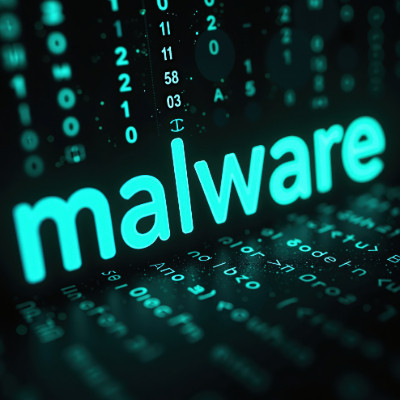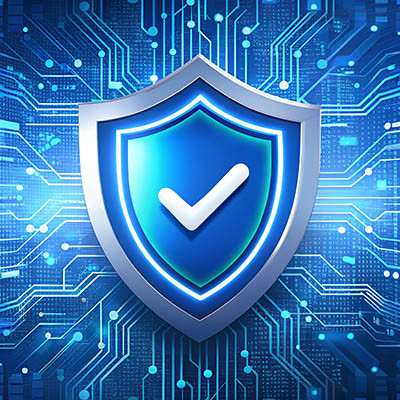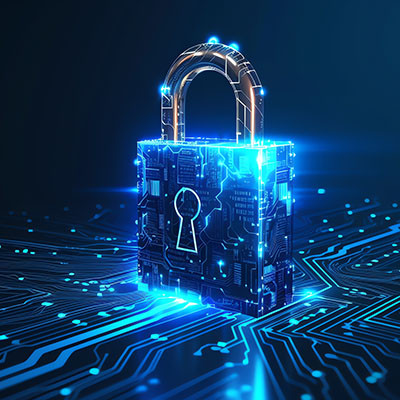Malware sounds like one of those tech words people throw around, but don’t understand. Still, if you’re running a business or even just using the internet for work, you need to know what it is and how to deal with it. Malware is any kind of software designed to mess with your devices, steal your info, or hold your data hostage. Not fun.
Direct Technology Group Blog
Nowadays, it is especially critical for every business to optimize its operations, boosting productivity while eliminating setbacks and obstacles. The information technology available today can make this process much easier if utilized correctly.
Let's discuss a few ways to take advantage of it for your organization’s benefit.
Certain information needs to be well-known in the professional workplace at every level of an organization. Cybersecurity best practices are examples of such pieces of information.
Unfortunately, a recent survey has shown that a significant portion of adults in the United Kingdom—about one in three—failed a cybersecurity test. What’s worse, this test was designed for 11-year-olds
Let’s discuss what this means about modern security and how prepared modern businesses are… or aren’t.
Today’s businesses need an established cybersecurity strategy. It’s as simple as that.
However, many businesses need guidance to create this strategy, which is why the National Institute of Standards and Technology has developed a framework for proper cybersecurity protection. Let’s walk through this framework and discuss what you need to do to meet its requirements.
The concept of a four-day-long workweek is one of the latest trends that businesses of all shapes and sizes are pondering. It has been touted to have significant benefits for both their operations and the employees who carry them out. However, is the “compressed” workweek the route your business should go?
Well, as is so often the answer, that depends. Let’s examine the concept of a compressed workweek and its application more closely.
By now, you know that every business needs to prioritize its entire security footprint, including technology. The security technology used in businesses today has a huge effect on the overall security of an organization. This means that you have to have a coordinated effort that allows your security initiatives to consider your business’ IT. In today’s blog, we’ll show you how effective organizations consolidate their security using IT.
Today’s businesses have to deal with many risk factors, especially cybersecurity and its many related concerns. At this year’s Cybsafe Impact 2024 USA conference, intended to share human risk management insights, a very accomplished panel of experts shared various thoughts.
Let’s explore some of the topics this panel spoke on.
In today's digital landscape, data breaches and privacy concerns are more prevalent than ever. Your team needs to protect important information by following data privacy practices, which also helps boost your company's reputation. It needs to be a part of your company culture.
Here are effective strategies to encourage a culture of data security within your team.
The idea of a four-day workweek—where the common 40-hour week is shortened to 32 with no reduction of benefits or take-home pay—is becoming increasingly popular, boasting improved efficiency and heightened levels of employee satisfaction.
Naturally, as an IT provider, we’re intrigued by the idea of using technology to get the most out of this abbreviated time in the office.
Your business will not remain the same throughout its lifecycle, and as such, you need the services you utilize to be capable of changing with it. This is where it helps to have the flexibility and scalability of a managed IT provider on your side. Let’s go over why flexible technology is the path forward for SMBs like yourself and how you can take full advantage of the range of services an MSP can offer.
When it comes to network security, there are many common suggestions from IT professionals, like utilizing robust firewalls and antivirus measures. However, it’s easy to overlook some of these practices, especially if you are not necessarily a trained IT technician. We’re here to provide a short guide to three of the most common security pitfalls organizations like yours will likely face during normal everyday operations.
What’s the difference between a power strip and a surge protector? It turns out, quite a lot, and the difference is much more than just the number of plugs on it. Let’s discuss some of the biggest ways that these two important pieces of power supply technology differ and how you should determine which one best suits your needs.
Of all the aspects that play a part in your business’ success, its company culture can often be overlooked as nothing more than a perk… something nice to offer the team, but ultimately unimportant. This is very much a misconception.
Let’s discuss how valuable a positive company culture is, and how to develop one in your business. Don’t worry, we’ll get into the technology of it all, too.





















